Reportar esta entrada
Más sobre la misma comunidad-colección
Luz Ulrickson and Brother Nick Gonzalez
Luz Ulrickson and Brother Nick Gonzalez at the opening for the ...
Raymond L. Telles, Jr. and Rene Mascarenas Miranda, 2017
Raymond L.Telles, Jr .mayor of El Paso, Texas and Rene ...
Family History written by Jorge Angulo Parra
Borderland family history written circa 2015 by engineer Jorge ...
Janice Woods Windle, El Paso, TX circa 1989
Janice Woods Windle built the El Paso Community Foundation into ...
Betty Mary Smith Goetting, El Paso, TX
Betty Mary Goetting, (1897-1980), was an early women's rights ...
Zacchia Jabalie Ayoub, Border Tobacco
Zacchia Jabalie Ayoub came to El Paso, Texas as a 13 year old ...
CHARLEE LILLIAN Kelly, El Paso, TX circa 1944
Charlee Kelly began her career as a military officer during ...
Kate Moore Brown, Se Atrevio a Andar
Kate Moore was a daring cyclist who caused a lot of raised ...
Maud Isaacks, House of Representatives Texas Legislature
Maud Isaacks (1895-1980), had been an English teacher at El Paso ...
Olalee McCall, secundaria Douglass, El Paso, Texas
Olalee McCall became the high school English teacher at Douglass ...

















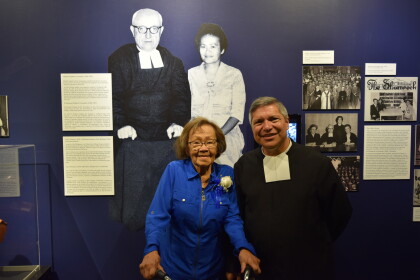
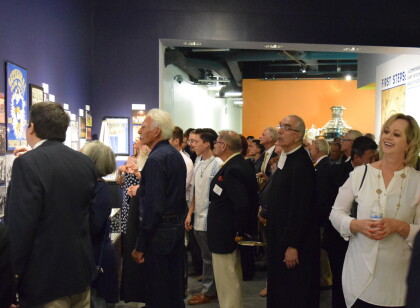

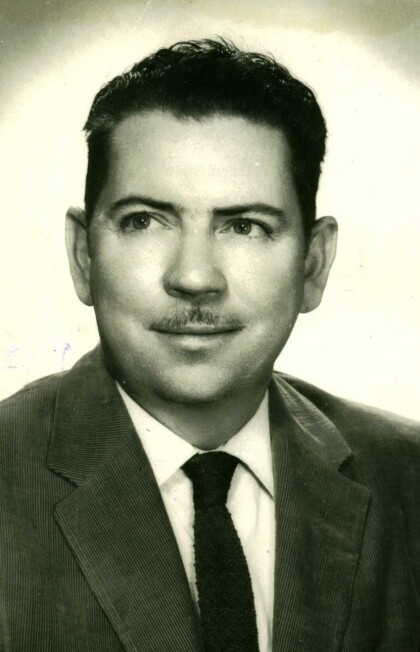
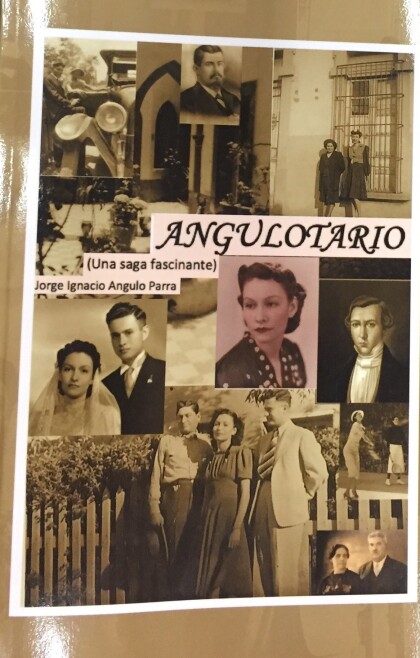
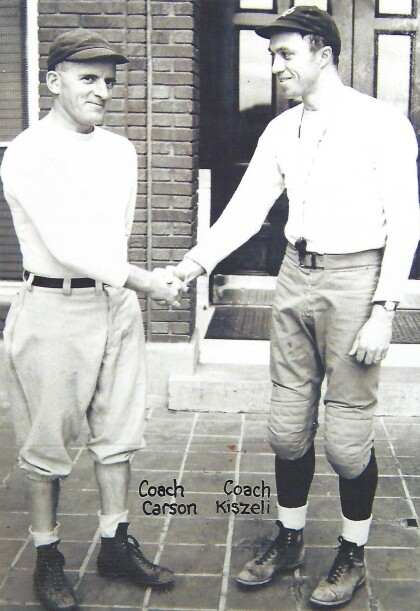
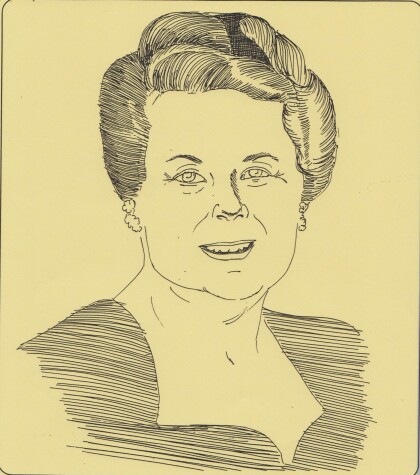
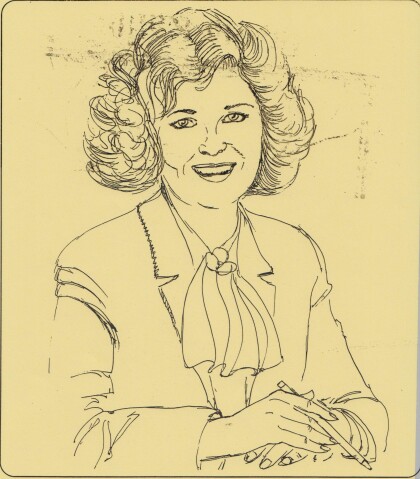
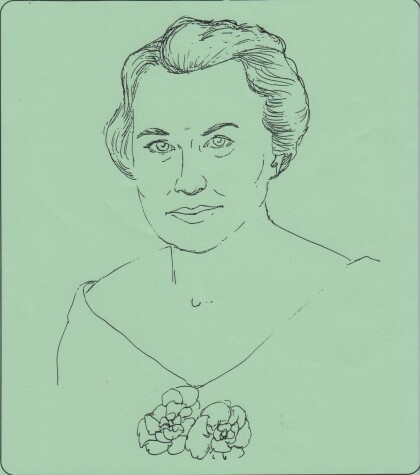
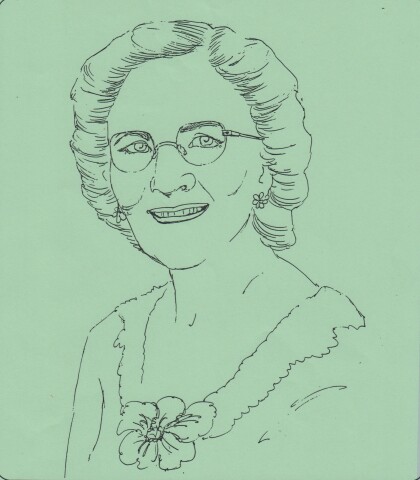
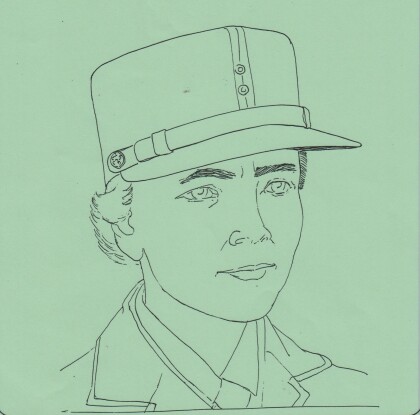

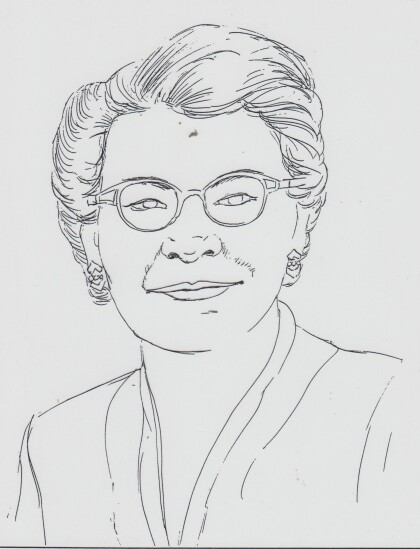
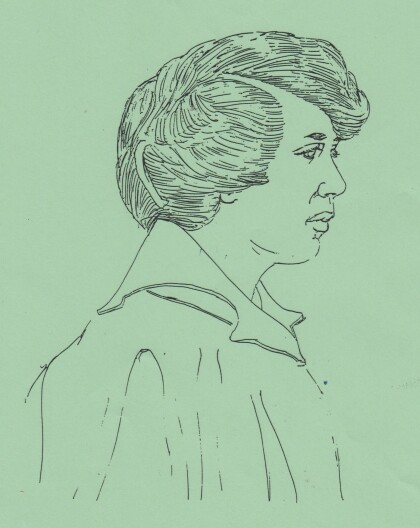

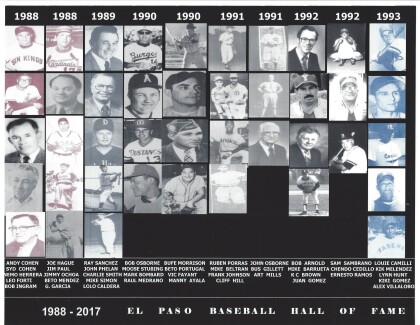
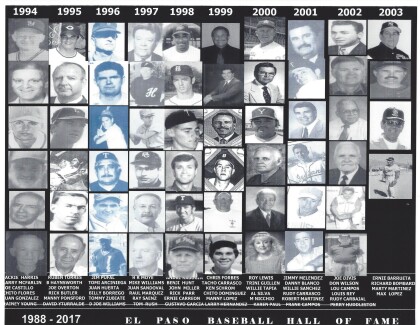
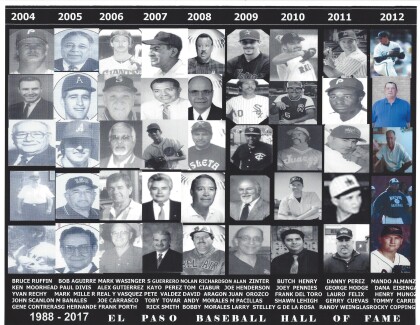
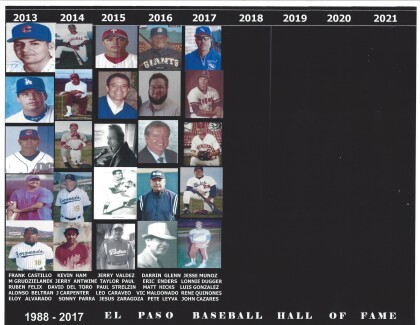

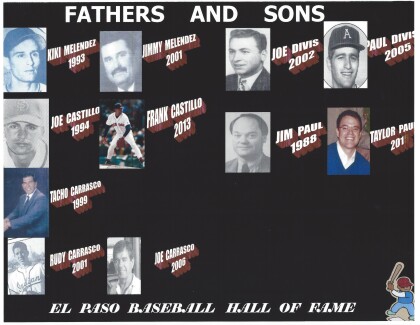
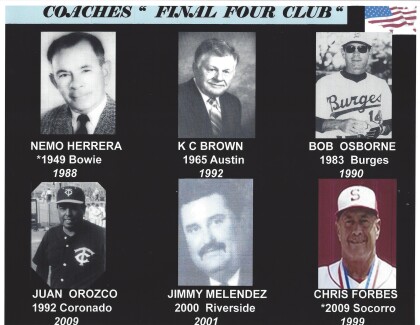
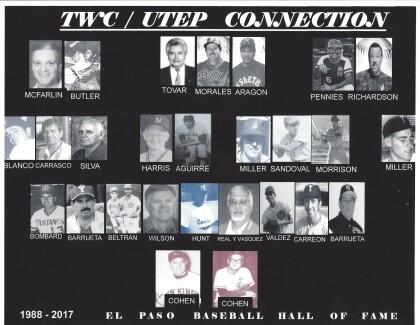
Comentarios
Hacer un comentario